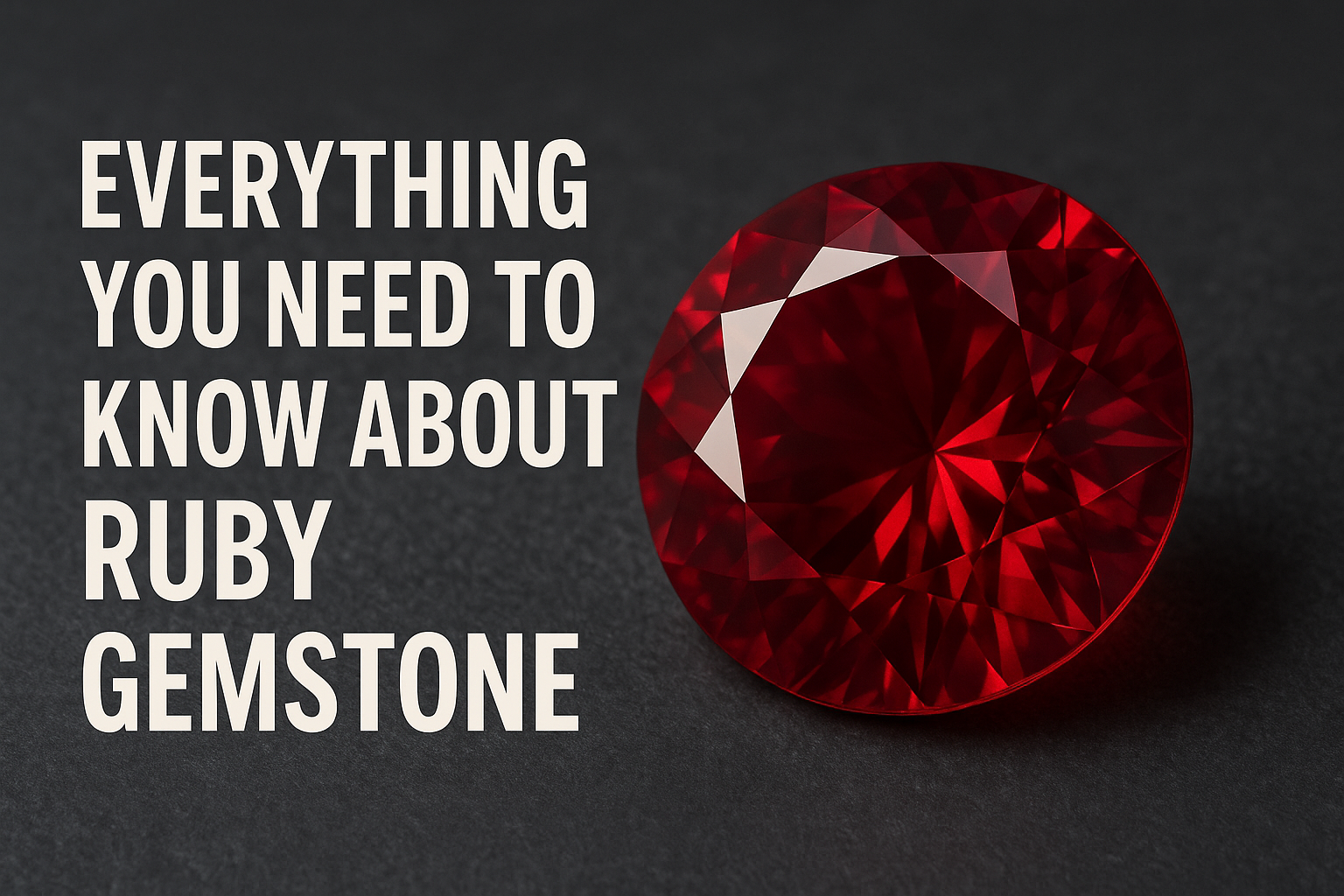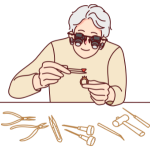Author: Sergey Suhorukov
-

Ruby Color Chart: Shades, Quality Grades & Visual Guide
Ruby Grading Scale: AAA to B Explained Grade Approx. Market Share Description Suitable For AAA ~1% Extremely rare, vivid red, minimal inclusions High-end fine jewelry AA ~10% Strong saturation, minor inclusions Quality fine jewelry A ~20% Good color, visible inclusions Commercial-grade jewelry B >50% Poor color, dull tone, many inclusions Fashion or decorative use What…
-

Everything You Need to Know About Burmese Rubies Today
Burma, now Myanmar, is home to some of the finest ruby mines in the world. The Mogok region, in particular, produces rubies with an intense red hue known as “pigeon blood.” These high-quality stones are prized for their clarity and saturation. Natural ruby from this region commands premium prices and collector attention. When you see…
-

Everything You Need to Know About Ruby Gemstone
Ruby stones have been valued since ancient cultures for their deep red color and rarity. They are considered the most valuable of all colored gemstones. A perfect ruby is hard to find—especially untreated or unheated ones. Geographic origin matters. The Mogok region in Myanmar and Montepuez in Mozambique produce many of today’s significant ruby deposits.…
-

Treated Rubies vs Untreated Rubies: Key Differences
Rubies can be natural or treated, and the distinction matters. Heat treated stones have been exposed to high temperatures to reduce imperfections like rutile inclusions or fissures. The result is a gem with improved colour and clarity. While the treatment process is standard and legal, it changes how we assess the gem’s value. Untreated rubies,…
-

Red Diamond vs Ruby: Key Differences Between These Gems
The obvious difference between a red diamond and a ruby starts with their composition. Diamonds are typically pure carbon, while rubies are a type of corundum colored by chromium. Both share a vibrant red color, but their rarity and value differ sharply. Red diamonds often fetch a higher price due to their extreme scarcity. Rubies…
-

What Is a Synthetic Ruby? Facts Every Buyer Should Know
What is a synthetic ruby? It’s a man-made gem that shares the same chemical makeup as natural stone. Lab grown rubies can look nearly identical to mined ones. Today, millions of carats of rubies are created annually using high-temperature techniques. These synthetic versions aren’t fakes—they’re real rubies without the geological origin. The Gemological Institute of…
-

Ruby vs Pink Sapphire: Guide to Color, Price, and Use
What separates a ruby stone from a pink sapphire? It comes down to how intense the color is. The deeper the red, the more likely it’s a ruby. If it shifts toward pink, it becomes a sapphire. Gem labs use color traits to make this call—and we’ll explain how. Comparative Overiew — Ruby vs Pink…
-
Types of Ruby Gemstones by Color, Origin, and Quality
Rubies are among the rarest and most coveted gemstones in the world. Known for their deep red or blood red color, they have adorned royalty and religious artifacts for centuries. But not all rubies are the same. From natural rubies to lab-created versions, each type carries its own characteristics. Some get their rich red color…
-

Natural Ruby vs Lab Created Ruby: How to Tell the Difference
Rubies often symbolize passion, power, and protection. Natural rubies may take millions of years to form under intense heat and pressure. In contrast, lab-created rubies are produced in a controlled environment. Both types share the same chemical composition and score 9 on the Mohs scale for hardness. However, the difference between natural and lab-grown rubies…
-

How to Tell If a Ruby Is Real or Fake: 7 Expert Methods
Think your ruby is real? You might want to look again. With modern techniques, synthetic rubies can mimic natural ones so well that even experienced collectors are fooled. But here’s the good news: the key to identifying a real ruby lies in the details—subtle clues in the color, inclusions, growth structures, and even the shape…
